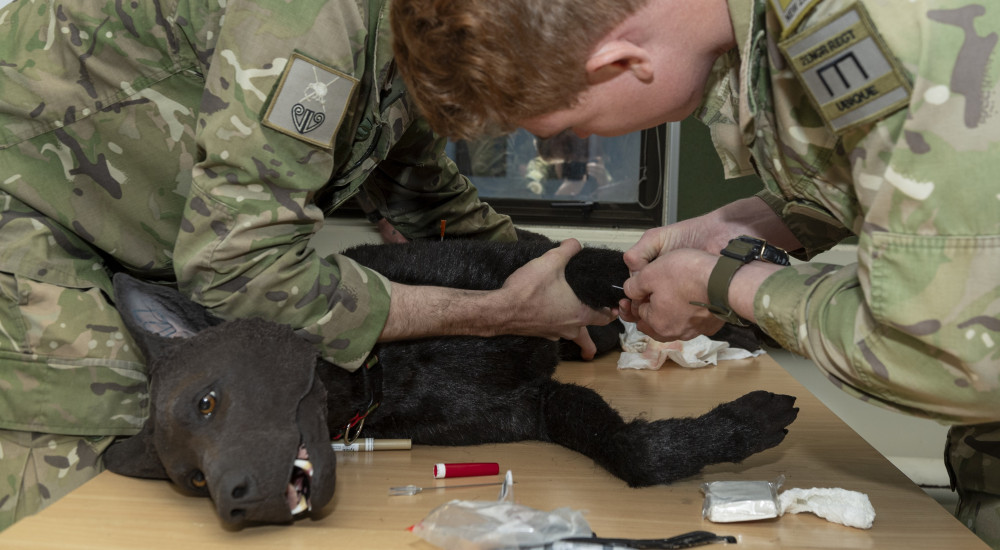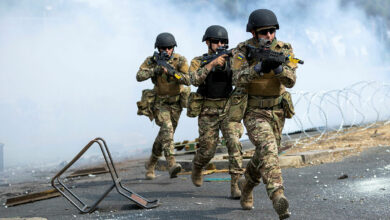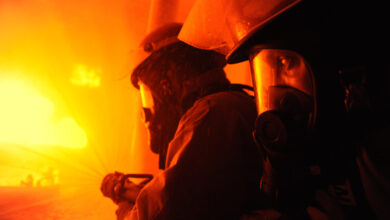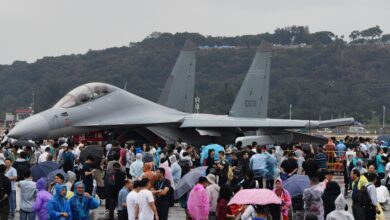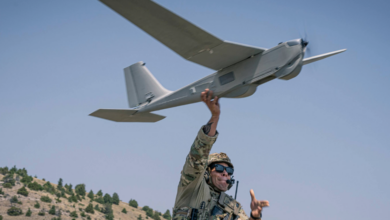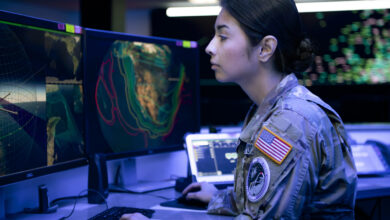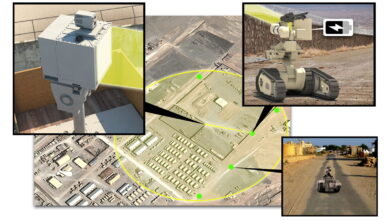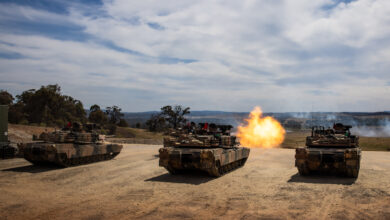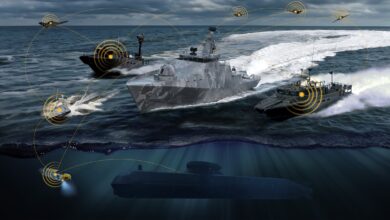New Zealand Employs Artificial Dog for Canine Trauma Training
The New Zealand Defence Force (NZDF) has adopted a specialized canine mannequin to enhance trauma care and first aid training for military dogs.
It was introduced at the Linton Military Camp in Palmerston North, where it is now being used by combat medics, handlers, and kennel staff for practice.
According to the NZDF, the artificial dog was modeled on a Belgian Malinois. It can bark, whimper, and bleed on cue by pressing a button.
The solution is equipped with bag ventilators in the chest for simulated breathing, flexible joints, wounds, and other features commonly addressed in emergencies.
Lessons being delivered through the technology include scenarios warfighters might encounter overseas, including events in which working dogs are inflicted with gunshot wounds.
Other sessions incorporate wound packing, pulse monitoring, airway management, intubation, breathing response, and cardiopulmonary resuscitation.

Throughout practices, the canine is connected by a hand-held controller to monitor the real-time efficacy of treatments given by medics.
“We’re not expecting handlers to become veterinarians, but rather have the required skills to help them keep their four-legged colleague alive so that it can be transferred out to receive specialised care,” a statement from the NZDF said.
“Being able to physically insert a needle into a mannequin’s vein and set up an intravenous line is very different from just learning the theory of how to do it.”
Honing Expertise, Protecting Dogs
The NZDF emphasized the importance of the canine mannequin for military medical teams’ knowledge as well as the safety of actual dogs in service.
“Being able to help your dog when it’s in distress is vital – and having the knowledge to provide first aid and stabilise your canine teammate may mean the difference between life and death,” the defense force wrote.
“The primary focuses of our patrol dogs are base and asset protection and security. The training that we’re receiving is highly beneficial to us because in that security role we could come across threats that not only harm us but our dogs.”


